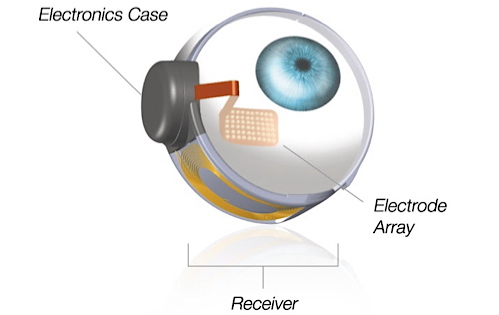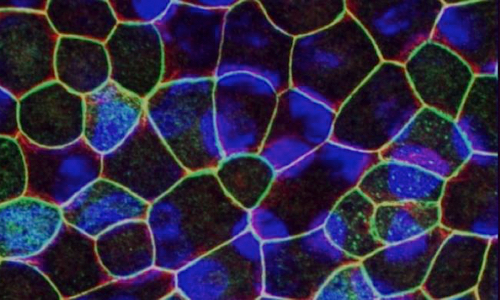My child was just diagnosed with a retinal disorder, are there any treatments? Is there a cure?
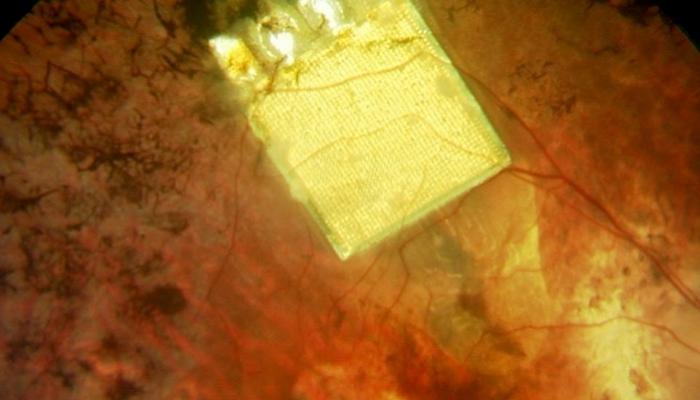
Just like you, I’ve sat in the ophthalmologist’s office hearing my worst fears confirmed: “Your baby is blind. There’s nothing we can do. I’m so sorry.” I walked out of that office stunned and not really able to process the information. Which words are worse, “Your baby is blind” or “There’s nothing we can do”?
10 years ago when we had this experience that was probably true – there really wasn’t much you could do to treat a retinal disease. These days, however, there are actual real options on the market that you can explore now… and even more on the horizon in the future.
To put things simply, the difficulty with retinal dystrophies or diseases is that the retina is really a layer of nerves that processes light and sends the signals back to the brain through the optic nerve. This means that a damaged retina is damaged nerve cells – and nerves are notoriously difficult to fix. Unlike the cornea, a retina can’t simply be “replaced” when it’s damaged.
But there are devices that can restore or augment sight as well as some serious movement in the world of genetic therapy and stem cell research. Blindness due to a retinal disorder is no longer completely untreatable. Read on below for more info.
Options Available Now
- Argus II Retinal Prosthesis
Second Sight developed the Argus II, a retinal prosthesis that works best for outer retinal degenerations, such as retinitis pigmentosa. The system includes an implant on the eye and an external pair of glasses with a processing unit. You can see how it works here. - Bionic Eye
Bionic Vision is an Australian company that has created the Bionic Eye. It’s very similar to the Argus II and also benefits people with retinitis pigmentosa. It’s important to note that Bionic Vision says, “patients need to have a functional visual pathway from the retina to the brain along the optic nerve, as well as some intact retinal cells” for their product to work. - BrainPort
BrainPort, from Wicab Inc., uses stimulating pulses on a small plate that is placed on the tongue. The pulses “paint a picture” that the brain can interpret as an image. This device can work for people with no vision and who have been totally blind since birth. - EyeMusic
EyeMusic, developed by a lab at the Hebrew University of Jerusalem, uses sounds to create patterns that someone who is blind or low vision can respond to. This isn’t a device that will bring vision back, but instead creates a new way to “see” the world through sounds.
Coming Soon to a Clinic Near You!
- LCA Gene Therapy
Spark Therapeutics has been working on a gene therapy treatment for patients with LCA caused by the RPE65 gene mutation. Their Phase 3 trial was successful and they plan to file a “Biologics License Application” with the FDA in 2016. Which means this treatment will be available very soon! Read more here. - SmartSpecs
SmartSpecs are designed for people who still have some vision. The glasses, which are being developed by a research team at a University of Oxford lab, enhance the wearer’s residual vision by creating high-contrast images displayed on the glasses. These glasses are in trial now. - Direct to Brain Bionic Eye
Retinal implants are great, but they still rely on the patient having some intact retinal cells. At the Monash Vision Group in Australia, researchers are working on an implant that sends visual signals directly to the visual cortex, bypassing the eye entirely. They hope to have this available in 2016.

A 3D printer.
Exciting Possibilities for the Future
- Growing Retinal Cells
Researchers at Johns Hopkins University have used induced pluripotent stem cells to actually grow retinal ganglion cells in the lab. These cells “are a type of cell found in the retina that has a long tail called an axon that becomes the optic nerve, which connects the eye to the brain,” so just imagine the real-world possibilities! - CRISPR Gene Editing
Using a gene editing tool called CRISPR, researchers at University of Iowa were able to derive stem cells from a patient (so they were using the patient’s own cells) and then corrected the blindness-causing gene mutation in the cells. This opens up a world of personal gene editing where specific disease-causing mutations can be “fixed” using CRISPR. - Optogenetics
Optogenetics is a form of gene therapy that can empower cells to respond to light. In retinal dystrophies it’s usually the rods and cones that are affected, not the ganglion cells. However, it’s also the rods and cones that process light. This new therapy can transform healthy ganglion cells into light receptors! - 3D Printing of Retinal Cells
Working ganglion cells and glial cells from the retinas of mice have been successfully printed using a 3D printer. How cool is that? The hope is that in the future doctors will be able to print up human retinal cells and use the cells to perform a graft to repair damaged retinas. You can learn more here.
So you can see that there is a lot out there to be hopeful for! Retinal disorders are still a leading cause of blindness, but many forms of treatment are either in the works or already available. If you know of any other medical advancements, please share them in the comments below. And while we’re waiting to hear about the next big thing in retinal treatments, you might want to sign up for My Retina Tracker in order to keep track of your medical care and be alerted to clinical trials in the future.
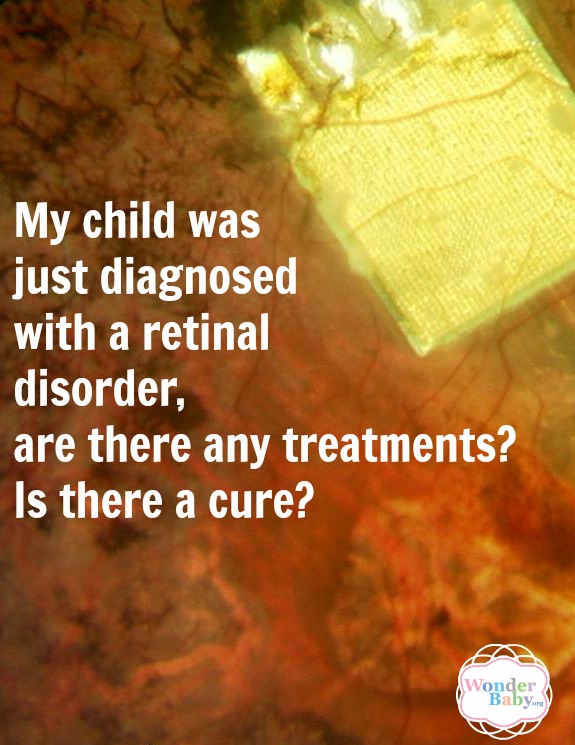
The information WonderBaby provides is not intended to be, and does not constitute, medical or other health advice or diagnosis and should not be used as such. Always consult with a qualified medical professional about your specific circumstances.
Related Posts

Eye Conditions and Syndromes
Does Screen Time Affect Kids’ Vision?
Too much screen time can affect kids’ vision by causing eye strain, blurred vision, dry eyes, and even nearsightedness in children and adolescents.
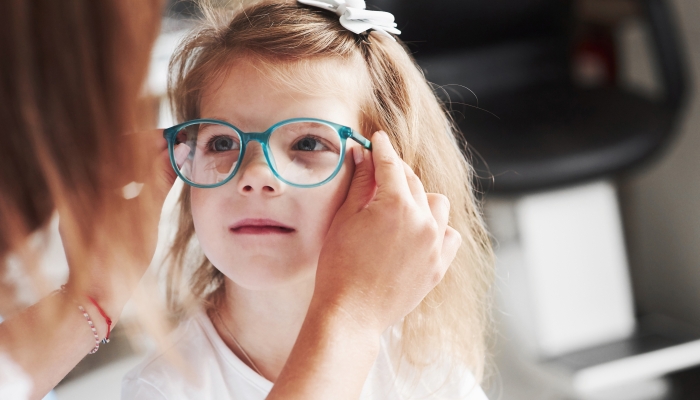
Eye Conditions and Syndromes, Support, Visual Impairment
Coping with a Diagnosis: Emotional Support for Families with Visually Impaired Children
Families with emotional support are more resilient. Learn how to establish emotional support with peers, professionals, and the community to help your family thrive.
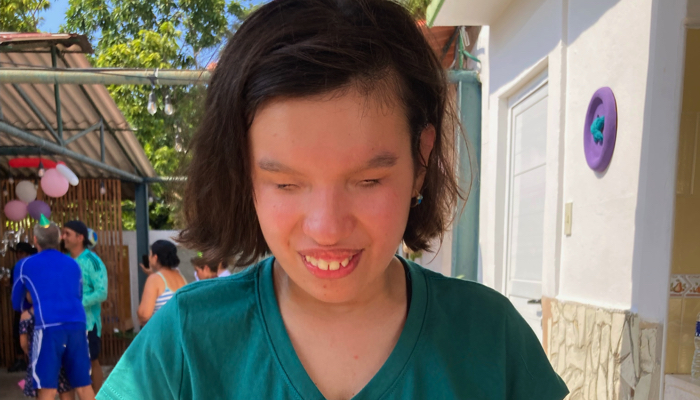
Eye Conditions and Syndromes
Finding Joy and Strength in Raising a Child with Anophthalmia
When raising a child with anophthalmia, be patient, be kind to yourself, and take it one day at a time. Your child will fill your life with love!
